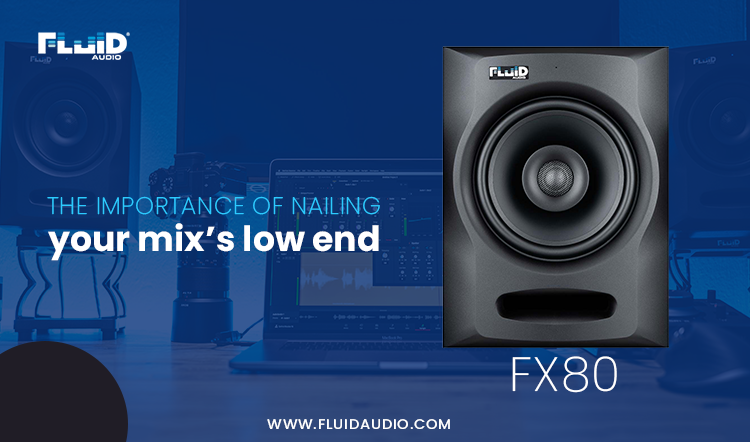The importance of nailing your mix’s low end
When audio engineers mix songs, they know the very first thing they have to nail down is the low-end material before they can build their mixes. This is because a solid low end allows everything else you place ‘on top’ of a mix to sit on a solid foundation. Without having your low end locked in, your mix will never sound solid no matter what you place on top of these low-end frequencies. This is why so many audio engineers use a studio subwoofer. Using a studio subwoofer allows the engineer to hear all the way down to the very bottom of the lowest frequencies in the song. Having the ability to hear the lowest frequencies allows you to adjust them where needed for the best foundation of your mix. This simply must be done first, and, it must be done accurately, or one is wasting their time and turning to luck for the right low-end balance.
The good news is this critical mixing point is pretty easily addressed by using the correct studio subwoofer. Choosing the best or most appropriate subwoofer for your mixing environment requires considering a few points:
1.
Size of your mixing room
2.
Size of the woofers on your main mixing monitors
– how low do they go?
3. Audio adjustment features provided by the subwoofer
Once you have selected the right studio subwoofer for your mixing room, the next step is to set it up so it seamlessly takes over the low end reproduction at the specific point your studio monitors drop off. You will want to refer to your studio monitor owner’s manual for this detail if you do not yet know that frequency. Phasing is also important, and you will want to pay close attention to setting up the studio subwoofer’s phasing correctly.
Some studio subwoofers like Fluid Audio’s FC10S offer a footswitch feature that allows you to turn the subwoofer on and off so you can check the low end against the low end coming from your studio monitors. This is a key feature that allows mix engineers to see exactly what their subwoofer is producing and allows for easier and quicker low-end adjustments.



Comments
Post a Comment